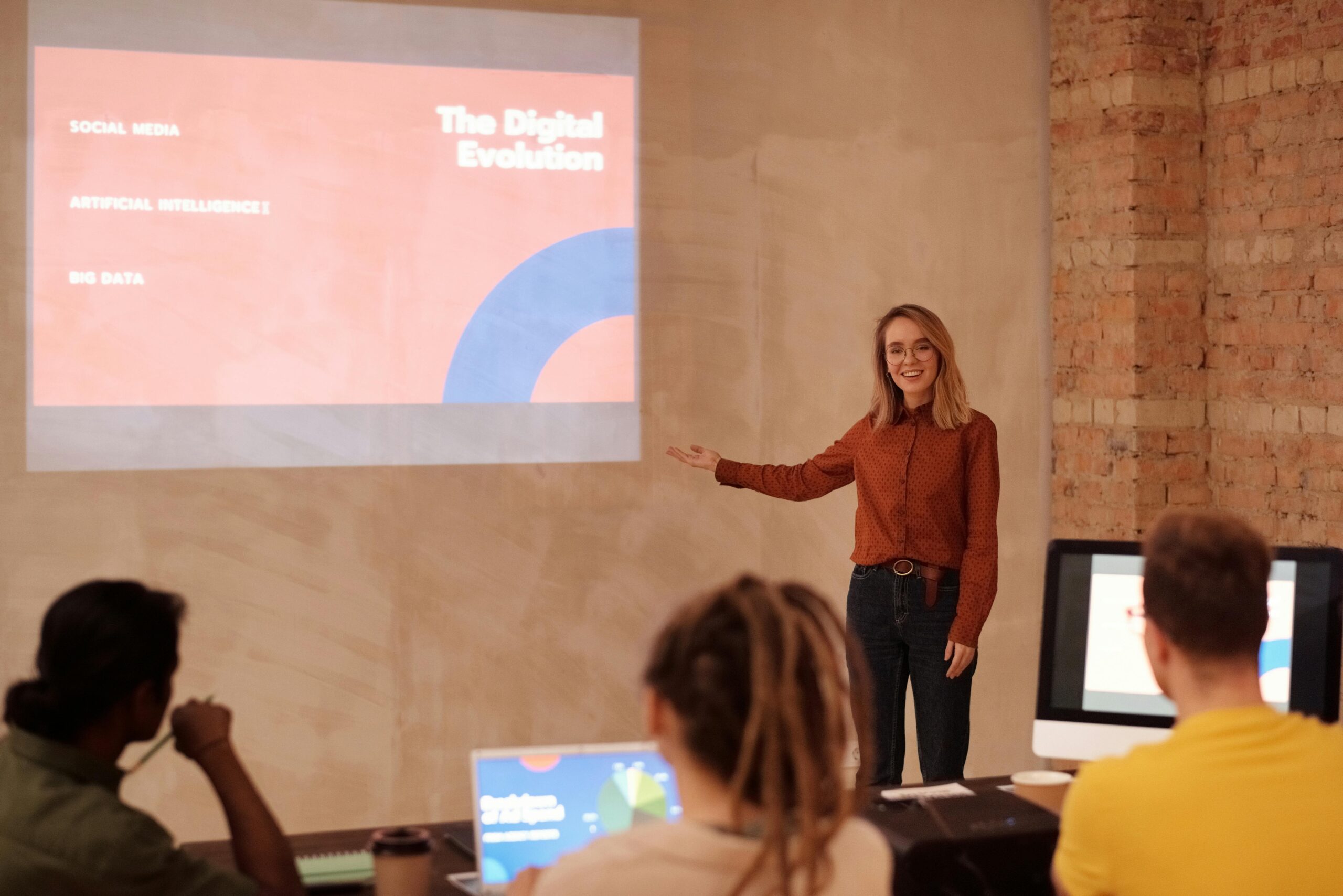Imagine seeing the world through someone else’s eyes—not just intellectually understanding their struggles, but genuinely feeling what they experience daily. This transformative journey is now possible through empathy simulation.
🌟 The Revolutionary Power of Virtual Empathy
Empathy has long been recognized as a cornerstone of human connection, yet truly understanding another person’s lived experience remains one of our greatest challenges. Traditional empathy training often falls short, relying on imagination or secondhand accounts that fail to create genuine emotional resonance. Enter empathy simulation through avatars—a groundbreaking approach that leverages virtual reality, augmented reality, and immersive digital experiences to place you directly into circumstances vastly different from your own.
This technological innovation isn’t just about entertainment or novelty. Research institutions, healthcare providers, corporations, and educational organizations are discovering that avatar-based empathy simulations can fundamentally reshape how we perceive others. By embodying different identities—whether someone with a physical disability, a person experiencing homelessness, or an individual from a completely different cultural background—participants report profound shifts in their attitudes, behaviors, and emotional understanding.
Understanding the Science Behind Perspective-Taking
The human brain possesses remarkable plasticity, particularly when it comes to perspective-taking. Neuroscience research reveals that when we engage in immersive simulations, our brains activate similar neural pathways as if we were actually experiencing those situations ourselves. This phenomenon, known as embodied cognition, forms the foundation of why avatar-based empathy training proves so effective.
When you step into a virtual avatar representing someone different from yourself, your mirror neurons fire in patterns that mimic real-world experiences. Your brain doesn’t entirely distinguish between simulated and actual experiences, especially when the simulation includes realistic sensory feedback, environmental cues, and consequential decision-making scenarios.
The Psychological Mechanisms at Play
Several psychological principles make empathy simulation particularly powerful:
- Perspective displacement: Temporarily adopting another viewpoint reduces egocentric bias
- Emotional contagion: Experiencing simulated emotions triggers genuine affective responses
- Cognitive reframing: New experiences challenge existing mental models and stereotypes
- Memory encoding: Immersive experiences create stronger, more lasting memories than passive learning
- Behavioral priming: Virtual experiences influence subsequent real-world actions and choices
Real-World Applications Transforming Industries
The practical applications of empathy simulation extend far beyond theoretical interest. Across multiple sectors, organizations are implementing avatar-based experiences to drive meaningful change in how people interact, understand, and support one another.
Healthcare: Walking in Patients’ Shoes 👨⚕️
Medical professionals are using empathy simulations to experience what patients with various conditions face daily. A doctor might virtually experience the disorientation of Alzheimer’s disease, the physical limitations of severe arthritis, or the sensory overload that individuals with autism encounter in busy environments. These experiences profoundly impact how healthcare providers communicate with patients, design treatment spaces, and approach care planning.
Nursing students who participate in age simulation programs—experiencing reduced vision, hearing loss, and mobility challenges associated with aging—demonstrate significantly improved patience and communication skills with elderly patients. The experiential learning creates compassion that textbooks alone cannot achieve.
Corporate Training: Building Inclusive Workplaces
Forward-thinking companies are revolutionizing diversity and inclusion training through empathy simulations. Rather than sitting through traditional presentations about unconscious bias, employees can virtually experience microaggressions, systemic barriers, and discrimination firsthand. This experiential approach generates authentic understanding rather than performative compliance.
One major technology company implemented virtual reality scenarios where participants experienced job interviews as candidates from underrepresented groups, complete with subtle biases and assumptions. Post-training assessments showed dramatic improvements in hiring managers’ awareness and subsequent behavior changes in recruitment practices.
Education: Expanding Student Worldviews 📚
Educational institutions are integrating empathy simulations into curricula to develop socially conscious, globally aware students. History lessons become visceral when students virtually experience historical events from multiple perspectives. Literature courses gain new dimensions when readers can embody characters facing moral dilemmas.
Geography and social studies programs use avatar-based simulations to transport students to different countries, socioeconomic situations, and cultural contexts. These experiences cultivate genuine global citizenship rather than superficial multicultural awareness.
Technology Platforms Making Empathy Accessible
The democratization of empathy simulation technology has accelerated rapidly. What once required expensive specialized equipment now operates on consumer-grade devices, making these transformative experiences available to broader audiences.
Virtual Reality Empathy Experiences
Virtual reality represents the most immersive form of empathy simulation. Headsets like Meta Quest, PlayStation VR, and HTC Vive host numerous empathy-focused experiences. Notable examples include simulations of refugee experiences, homelessness scenarios, and disability awareness programs. The 360-degree visual environment combined with spatial audio creates unprecedented presence—the sensation of actually being there.
Mobile Empathy Applications
Not everyone has access to VR equipment, but smartphones offer surprisingly effective empathy simulation opportunities. Augmented reality apps overlay information onto your real environment, creating hybrid experiences that blend your actual surroundings with simulated perspectives. Mobile games and interactive narratives can place you in decision-making scenarios faced by people in vastly different circumstances.
Web-Based Interactive Narratives
Browser-based empathy simulations remove technological barriers entirely. These interactive experiences use branching narratives, first-person perspectives, and consequential choices to create engagement without requiring specialized hardware. Organizations like the United Nations have developed web-based experiences that millions have accessed to understand refugee crises, poverty, and humanitarian challenges.
Designing Effective Empathy Simulations 🎨
Not all empathy simulations achieve their intended impact. Effective design requires careful consideration of multiple factors to ensure experiences generate genuine understanding rather than reinforcing stereotypes or creating superficial engagement.
Authenticity and Representation
The most impactful simulations involve people from the communities being represented in the design process. Authentic details matter—from environmental accuracy to dialogue that reflects actual experiences. Simulations developed without genuine input from affected communities risk perpetuating harmful misconceptions or reducing complex realities to oversimplified narratives.
Balanced Challenge and Accessibility
Effective empathy experiences strike a delicate balance between emotional impact and overwhelming participants. Too much distress can trigger defensive reactions or avoidance rather than understanding. Conversely, experiences that feel too easy or unrealistic fail to generate meaningful perspective shifts. The best simulations progressively increase complexity while providing appropriate support and reflection opportunities.
Integration with Reflection and Discussion
Empathy simulation works best when combined with structured reflection. Debriefing sessions, guided discussions, and journaling prompts help participants process their experiences and translate emotional reactions into cognitive understanding and behavioral commitments. Without this integration, powerful experiences may fade without producing lasting change.
Measuring the Impact: Does It Actually Work? 📊
Skeptics reasonably question whether virtual experiences translate into real-world empathy and behavioral change. Fortunately, growing research evidence demonstrates measurable impacts across multiple dimensions.
| Outcome Measure | Research Finding | Persistence |
|---|---|---|
| Attitude Change | Significant positive shifts toward stigmatized groups | Effects maintained at 3-month follow-up |
| Helping Behavior | Increased likelihood of assisting others in need | Observable changes lasting weeks to months |
| Bias Reduction | Decreased implicit bias scores on standardized tests | Moderate duration, stronger with reinforcement |
| Perspective-Taking Ability | Enhanced capacity for considering alternative viewpoints | Skill development showing long-term retention |
Studies comparing empathy simulation to traditional educational approaches consistently show superior outcomes for avatar-based experiences. Participants remember simulated experiences more vividly, report stronger emotional connections, and demonstrate greater willingness to take supportive action.
Ethical Considerations and Potential Pitfalls ⚖️
Despite its promise, empathy simulation technology raises important ethical questions that practitioners must address thoughtfully.
The Risk of Empathy Tourism
Brief virtual experiences can never fully capture the complexity of living with discrimination, disability, or disadvantage. There’s a danger that participants might feel they “understand” after a 15-minute simulation, when in reality they’ve glimpsed only a fraction of someone’s lived reality. This false sense of complete understanding—empathy tourism—can be counterproductive.
Responsible implementation explicitly acknowledges the limitations of simulation. Framing experiences as introductions to perspective-taking rather than comprehensive understanding helps prevent this pitfall.
Emotional Safety and Trauma Considerations
Immersive simulations can trigger unexpected emotional responses, particularly for participants with personal trauma histories. Ethical practice requires informed consent, clear content warnings, and readily available support resources. Participants should always maintain agency to pause or exit experiences that become overwhelming.
Avoiding Stereotypes and Oversimplification
When simulations present monolithic representations of diverse communities, they risk reinforcing stereotypes rather than breaking them down. Effective programs showcase diversity within represented groups and avoid suggesting that all members of a community share identical experiences.
Creating Your Own Empathy Practice 🔄
You don’t need expensive technology to begin incorporating empathy simulation principles into your personal growth. Simple practices can cultivate the perspective-taking skills that formal simulations develop.
Narrative Immersion Exercises
Engage deeply with first-person narratives from people whose experiences differ from yours. Read memoirs, watch documentaries, and listen to podcasts with the explicit intention of imagining yourself in those circumstances. Pause frequently to consider how you might think, feel, and act in similar situations.
Deliberate Perspective-Taking
When encountering news stories or social issues, consciously adopt multiple viewpoints. Rather than immediately forming judgments, spend time genuinely considering how various stakeholders might perceive the situation based on their unique circumstances, values, and constraints.
Real-World Exposure with Intention
Volunteer experiences and cross-cultural interactions provide organic empathy development opportunities. Approach these experiences with humility, curiosity, and willingness to have your assumptions challenged. Listen more than you speak, ask questions to understand rather than debate, and reflect regularly on what you’re learning about yourself and others.
The Future of Connection and Understanding 🚀
As technology continues advancing, empathy simulation will become increasingly sophisticated and accessible. Haptic feedback systems that simulate physical sensations, artificial intelligence that creates dynamically responsive scenarios, and brain-computer interfaces that might eventually enable direct sharing of emotional states represent the next frontier.
However, the technology itself matters less than our commitment to genuinely understanding one another. Avatar-based empathy simulation provides powerful tools, but tools alone cannot bridge the divides that separate us. The real transformation occurs when we approach these experiences with open hearts, willing to be changed by what we discover.
The most profound aspect of empathy simulation isn’t the technology—it’s the recognition that perspective-taking is a learnable skill. Like physical fitness or musical ability, empathy strengthens with practice. Each virtual experience, each conscious effort to consider alternative viewpoints, and each moment of genuine curiosity about another person’s reality expands our capacity for connection.

Taking Your First Steps Toward Expanded Perspective 🌈
Beginning your empathy simulation journey requires only curiosity and willingness. Start by identifying areas where your understanding feels limited—populations you rarely interact with, experiences far removed from your own, or perspectives that typically trigger defensiveness. These uncomfortable edges often represent the greatest growth opportunities.
Seek out existing empathy simulations related to those areas. Many organizations offer free web-based experiences. Universities, nonprofits, and advocacy groups frequently provide accessible resources. If formal simulations aren’t available, immerse yourself in authentic first-person accounts through books, documentaries, or respectful conversations with people whose experiences differ from yours.
Approach these experiences with humility. Remember that even the most sophisticated simulation offers only a glimpse into complex realities. Use what you learn as a starting point for deeper exploration rather than an endpoint of complete understanding. The goal isn’t to become an expert on others’ experiences but to develop greater curiosity, compassion, and awareness of your own limited perspective.
Share your experiences with others. Discussing what you’ve learned through empathy simulations creates ripple effects, encouraging friends, colleagues, and family members to examine their own assumptions and seek expanded perspectives. Collective empathy development has the potential to shift organizational cultures, community norms, and societal attitudes.
Most importantly, translate insight into action. Empathy without action remains a purely emotional experience. Consider how your expanded perspective might inform your choices—how you vote, where you spend money, which causes you support, how you interact with people different from yourself. Genuine empathy manifests not just in feeling but in changed behavior that acknowledges and honors others’ humanity.
The technology enabling us to step into others’ shoes represents more than innovative entertainment or training methodology. It offers a pathway toward the understanding our interconnected world desperately needs. As we face complex global challenges requiring cooperation across differences, our capacity for empathy may prove among our most valuable resources. By embracing opportunities to experience life through different eyes, we take essential steps toward the compassionate, connected future we all deserve.
Toni Santos is a digital culture researcher and emotional technology writer exploring how artificial intelligence, empathy, and design shape the future of human connection. Through his studies on emotional computing, digital wellbeing, and affective design, Toni examines how machines can become mirrors that reflect — and refine — our emotional intelligence. Passionate about ethical technology and the psychology of connection, Toni focuses on how mindful design can nurture presence, compassion, and balance in the digital age. His work highlights how emotional awareness can coexist with innovation, guiding a future where human sensitivity defines progress. Blending cognitive science, human–computer interaction, and contemplative psychology, Toni writes about the emotional layers of digital life — helping readers understand how technology can feel, listen, and heal. His work is a tribute to: The emotional dimension of technological design The balance between innovation and human sensitivity The vision of AI as a partner in empathy and wellbeing Whether you are a designer, technologist, or conscious creator, Toni Santos invites you to explore the new frontier of emotional intelligence — where technology learns to care.




